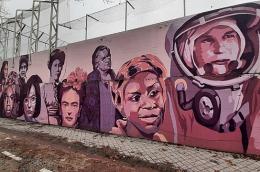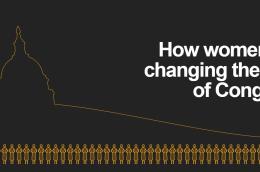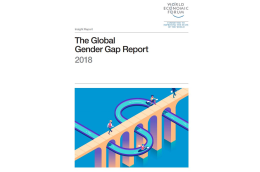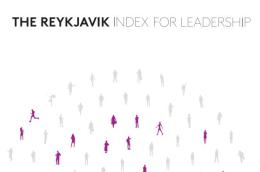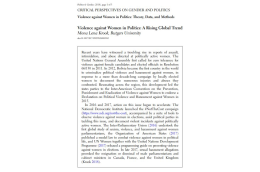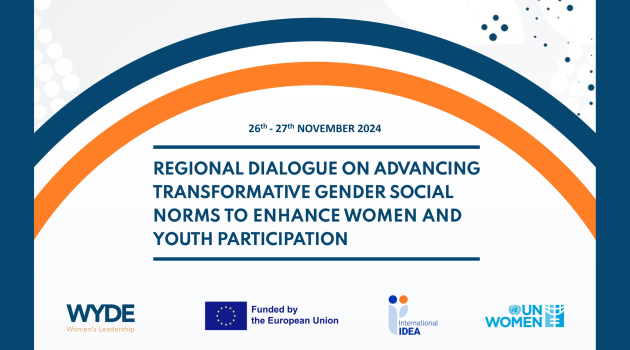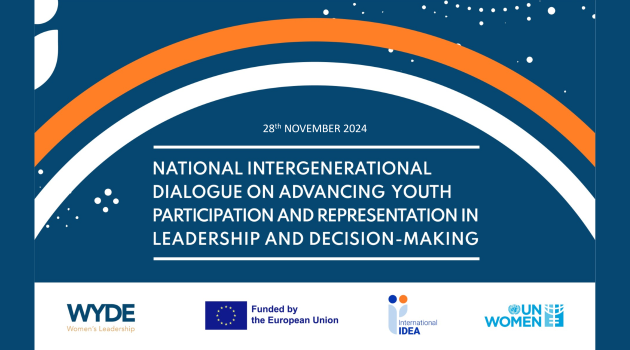Women's Leadership
Main navigation
In a continued partnership with Running Start, App State hosted the Elect Her Workshop Friday in the Summit Trail Solarium.
In this workshop, Savannah Lane moderated and spoke with App State students on how to run for government positions and provided encouragement for women who are interested in holding office.
Click here to read the full article published by The Appalachian on 21 October 2023.
When discussing women’s involvement in the workforce, development projects, and policy-making, a common adage is often repeated: “The bottle is new, but the water remains the same.”
Despite efforts on various fronts, progress towards implementing a comprehensive reform plan to improve living conditions and enhance the participation of women at the grassroots or local level has been inconsistent.
Click here to read the full article published by Onlinekhabar English on 17 October 2023.
RepresentWomen is committed to researching and identifying the best practices for increasing women’s representation in politics, drawing from evidence around the world. Part of this work leads us to closely track parliamentary elections and compare the outcomes from year to year. In 2021 and 2022, we identified 43 elections where women achieved record highs for their representation in parliament. The purpose of this analysis is to bring attention to how election rules and voting systems shape opportunities for women to enter politics.
Click here to read the full report published by RepresentWomen on 11 October 2023.
Abstract
Extensive research investigates the impact of descriptive representation on women’s political participation; yet, the underlying mechanisms remain unclear. This article develops a novel theory of descriptive representation, arguing that women politicians mobilize women’s political participation by recruiting women as grassroots party activists. Evidence from a citizen survey and the natural experiment of gender quotas in India confirm that women politicians are more likely to recruit women party activists, and citizens report greater contact with them in reserved constituencies during elections. Furthermore, with women party activists at the helm, electoral campaigns are more likely to contact women, and activist contact is positively associated with political knowledge and participation. Evidence from representative surveys of politicians and party activists and fieldwork in campaigns, further support the theory. The findings highlight the pivotal role of women’s party activism in shaping women’s political behavior, especially in contexts with pervasive clientelism and persistent gender unequal norms.
Click here to read the full article published by the Cambridge University Press on 9 October 2023.
In Women in Politics, award-winning author and healthcare leader Mary Hayashi offers a riveting exploration of the strides made by women in government. The book features inspiring stories of trailblazing women in leadership, including Karen Bass, Connie Perez-Andreesen, Lauren Book, Laphonza Butler, Dianne Feinstein, Jean Fuller, Celinda Lake, Fiona Ma, and more.
This essential, contemporary analysis bridges the gap between past and present, blending Mary's personal journey as an Asian American immigrant and former California State Assemblymember with the inspiring stories of trailblazing women in political leadership.
Click here to read the full article published by PR Newswire on 3 October 2023.
It is in this context that the candidacies of two women have been announced as possible finalists for the upcoming elections in Mexico, a significant development that has aroused particular interest in the region. If there are shared roots and traits in the realities of our countries – including patriarchal power structures – these are configured and live in the complex economic, social, and cultural framework that defines our particular histories. Thus, to approach the reality of a country, there is no room for generalities, nor only cold data.
Click here to read the full article published by Pressenza in English on 3 October 2023.
Upcoming Event:
Regional Dialogue on Advancing Transformative Gender Social Norms to Enhance Women and Youth Participation
The main purpose of the Regional Dialogue is to promote transformative gender norms by addressing the root causes of inequality and transforming the underlying social, legal, and economic structures…
Explore




